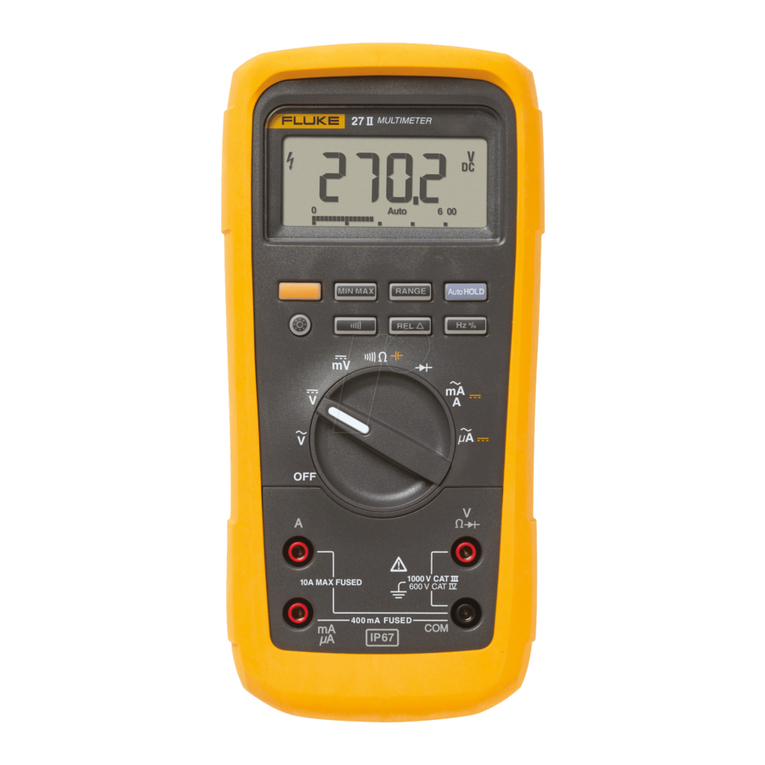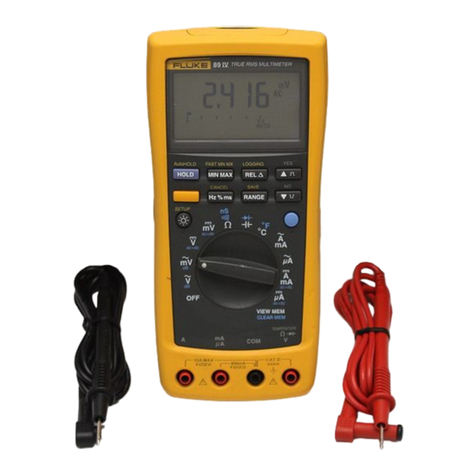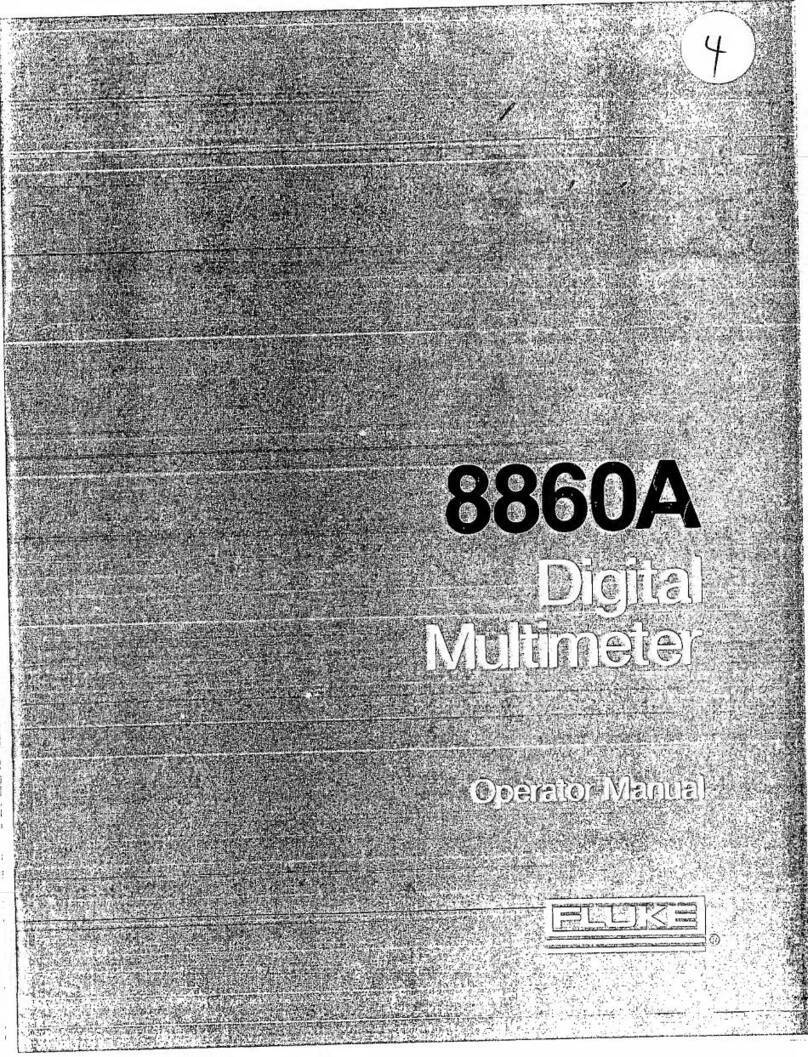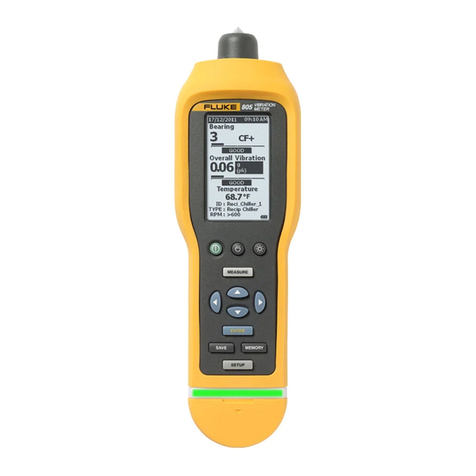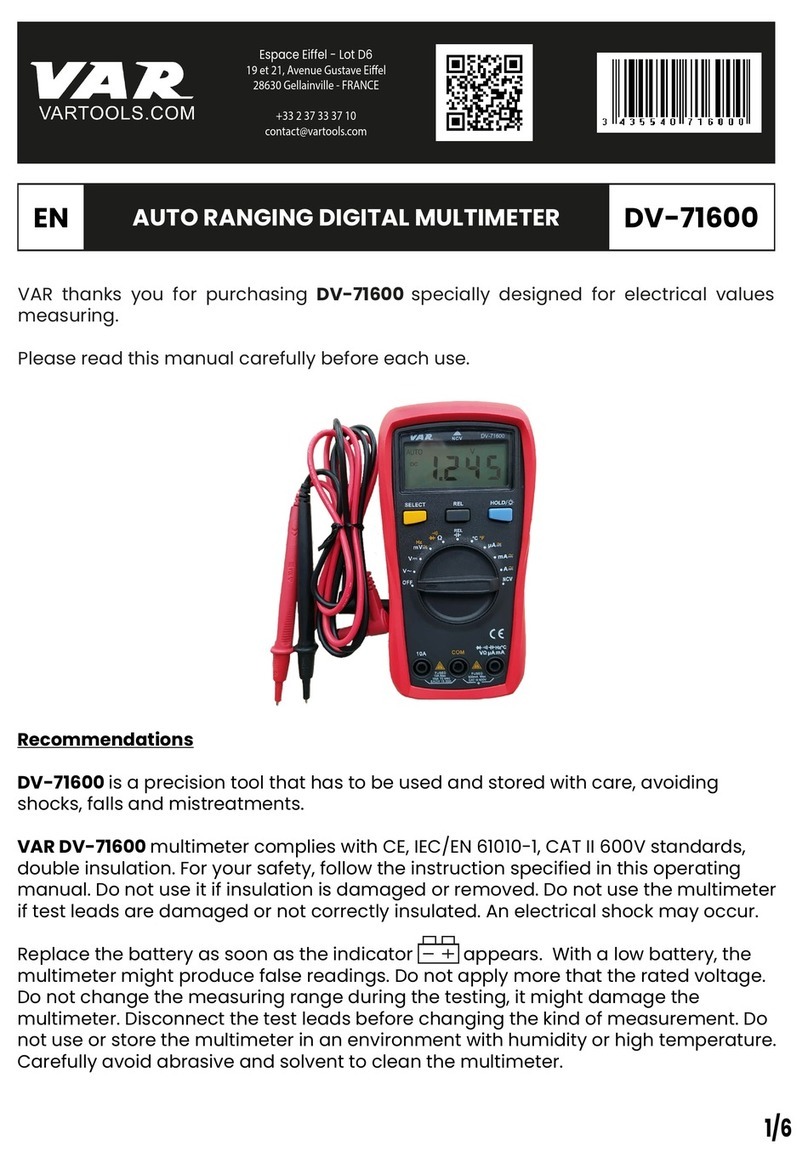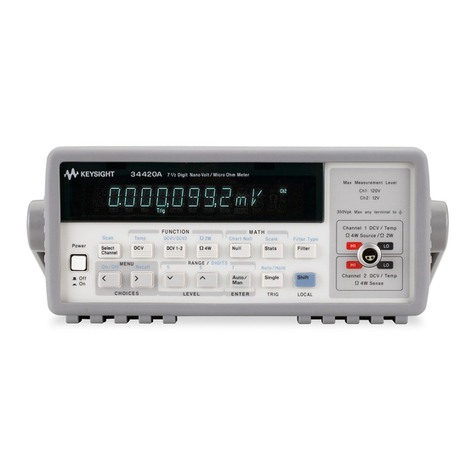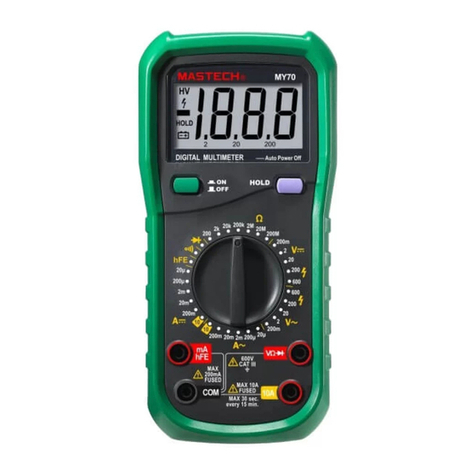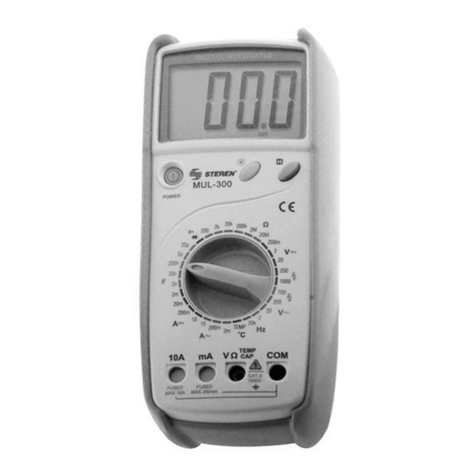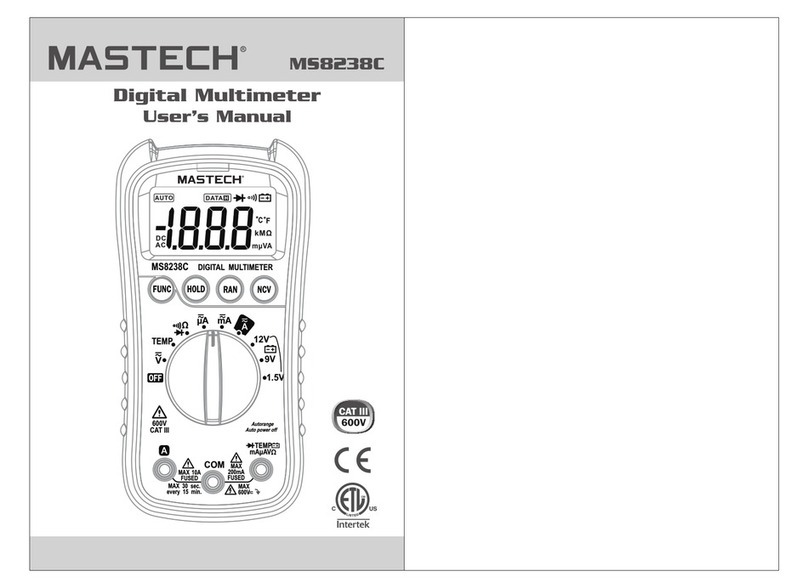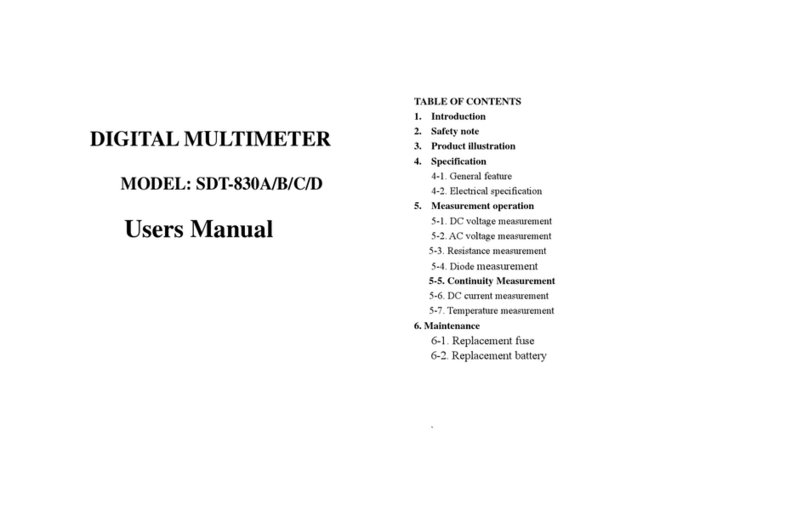Fluke 287 Installation and operating instructions
Other Fluke Multimeter manuals
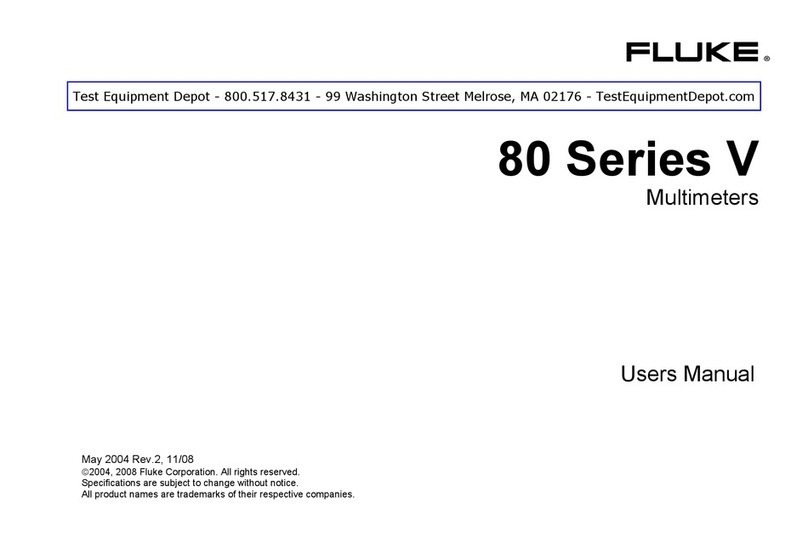
Fluke
Fluke 87V/IMSK User manual
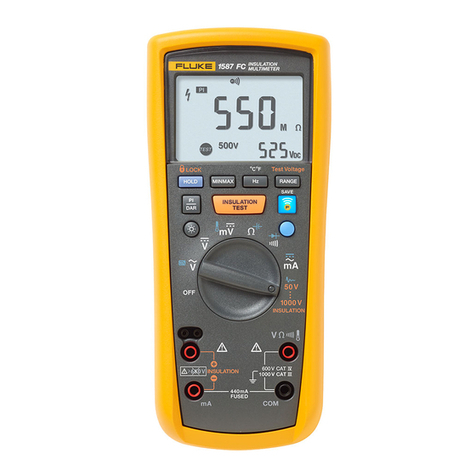
Fluke
Fluke 1587 FC User manual
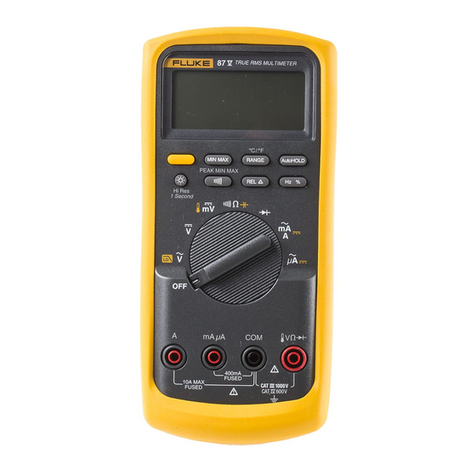
Fluke
Fluke 87 Series IV User manual
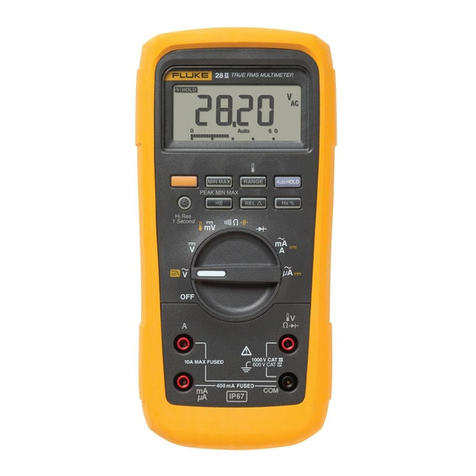
Fluke
Fluke 28 II Ex Use and care manual
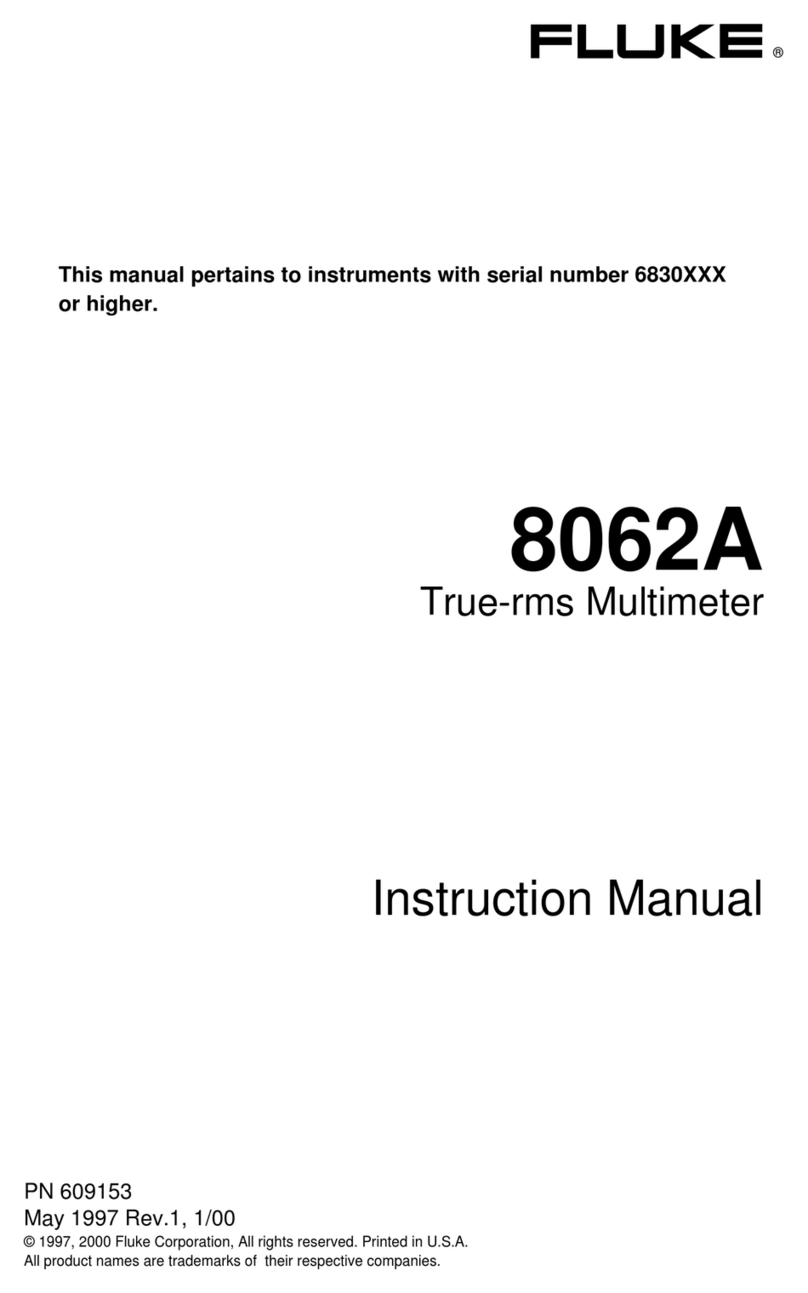
Fluke
Fluke 8062A User manual
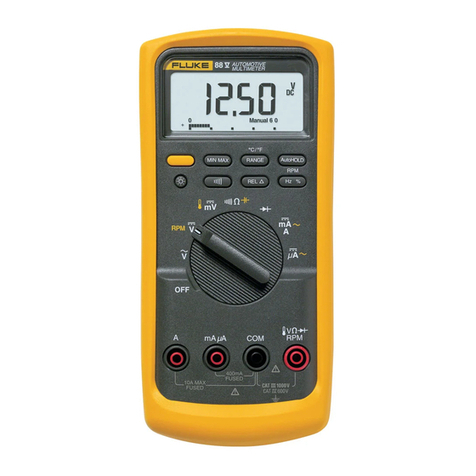
Fluke
Fluke 88 V User manual

Fluke
Fluke 8808A Parts list manual
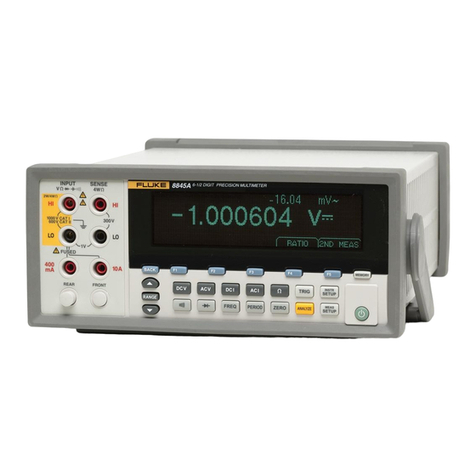
Fluke
Fluke 8846A Operating and maintenance manual
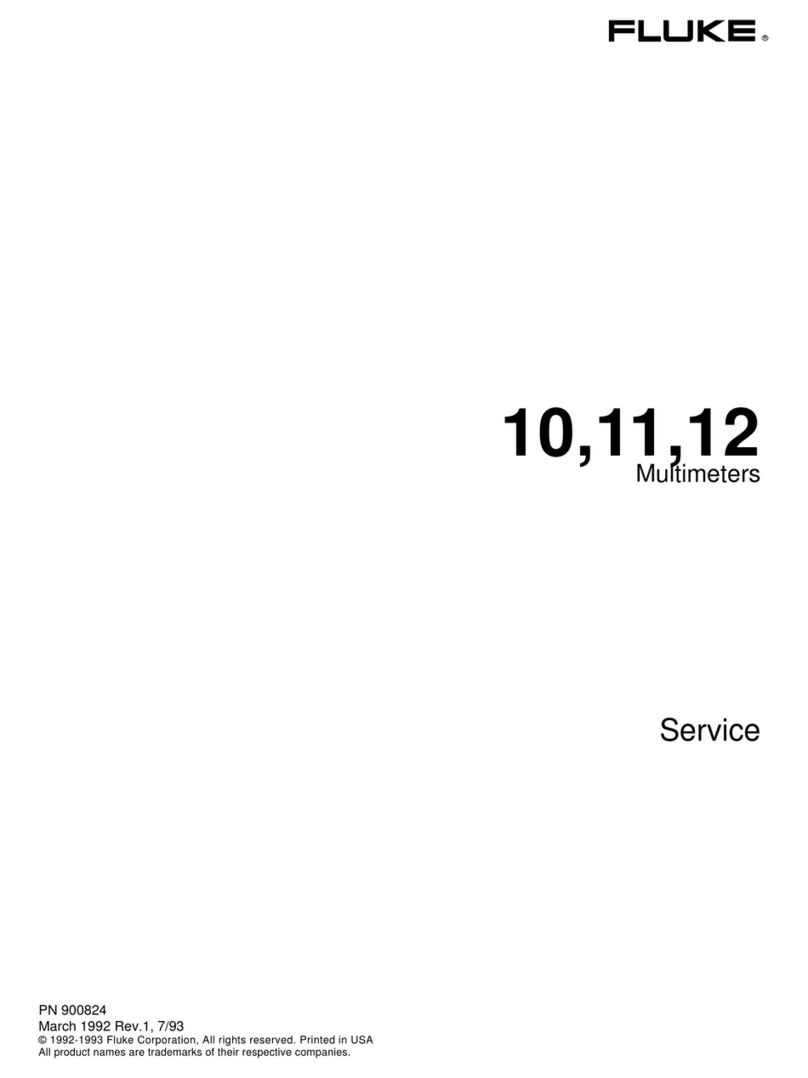
Fluke
Fluke 10 User manual
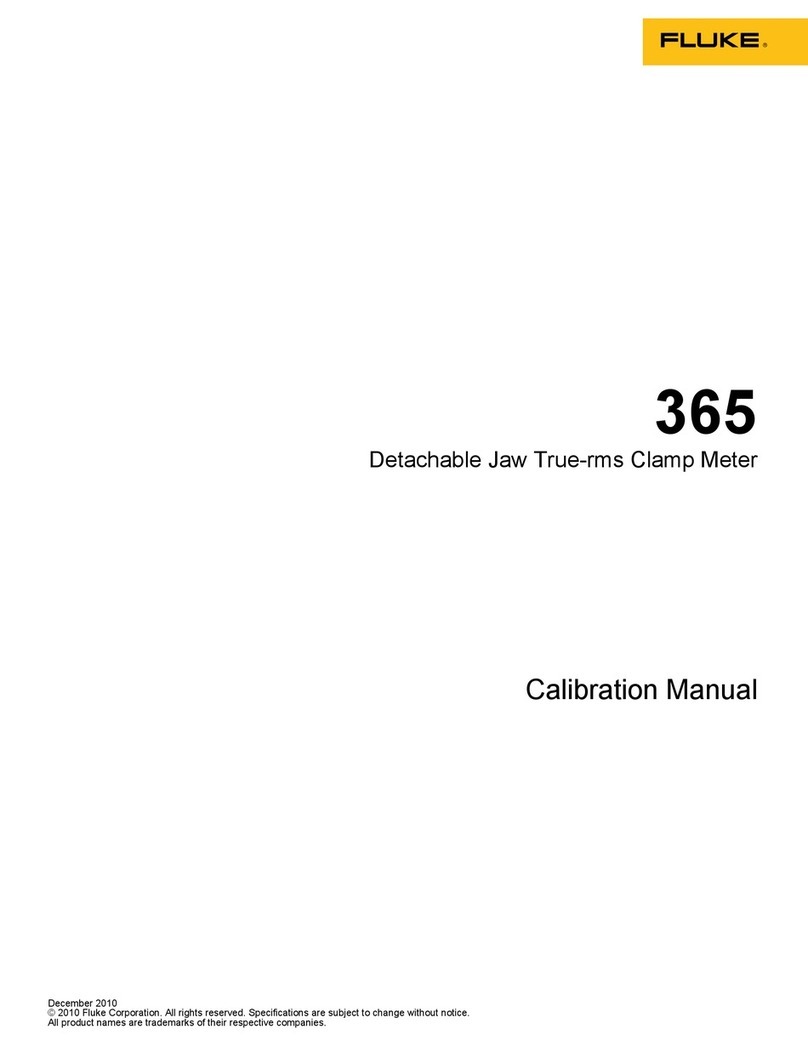
Fluke
Fluke 365 Use and care manual

Fluke
Fluke CNX 3000 User manual
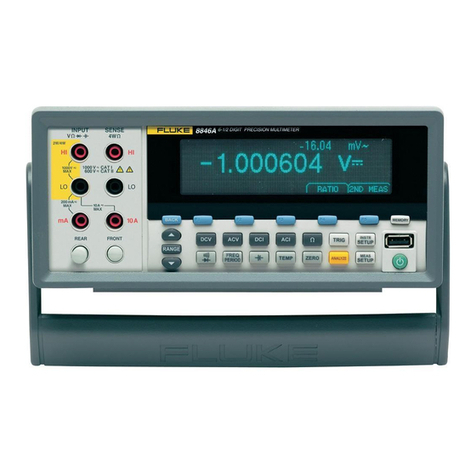
Fluke
Fluke 8846A/C User manual
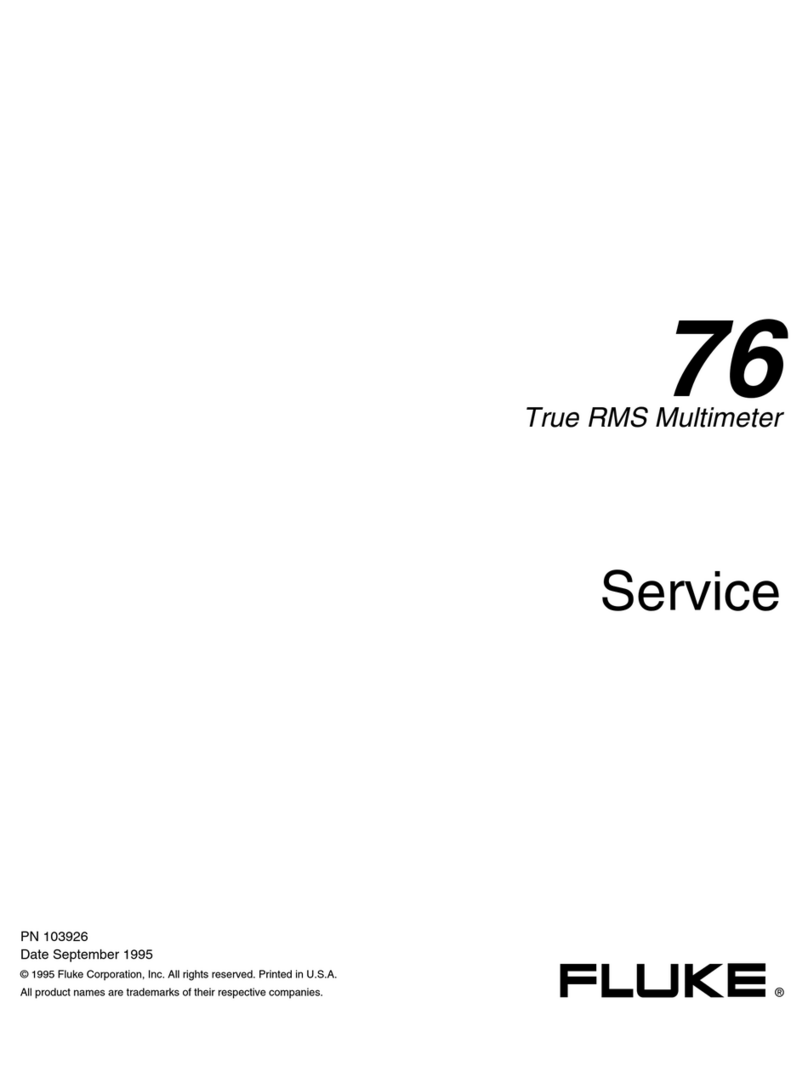
Fluke
Fluke 76 Assembly instructions

Fluke
Fluke 28 II Ex Installation instructions
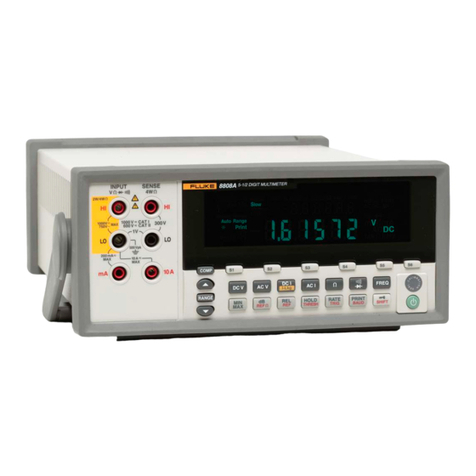
Fluke
Fluke 8808A User manual

Fluke
Fluke 79 III Use and care manual
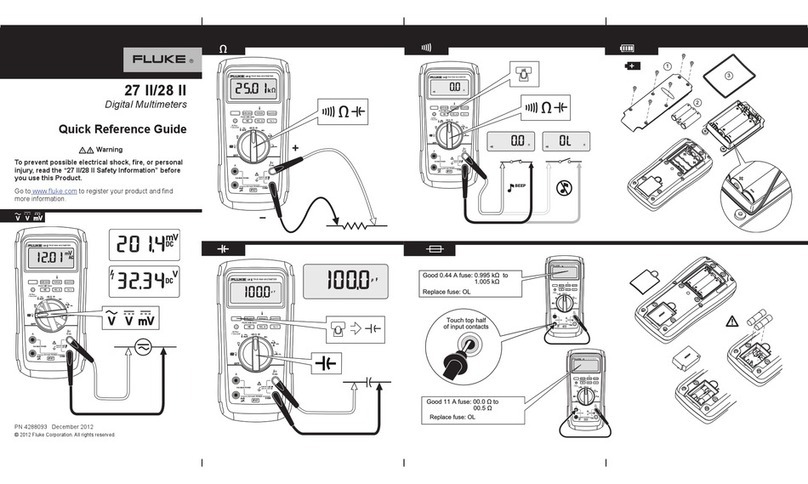
Fluke
Fluke 27-II User manual
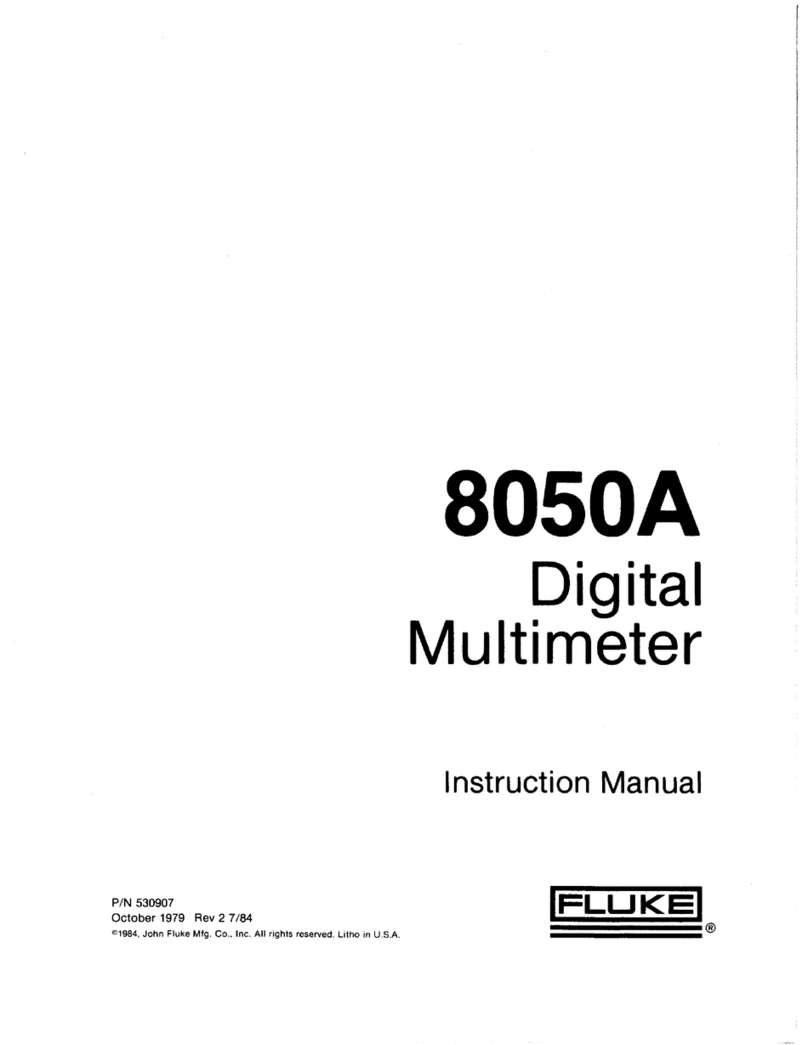
Fluke
Fluke 8050A User manual
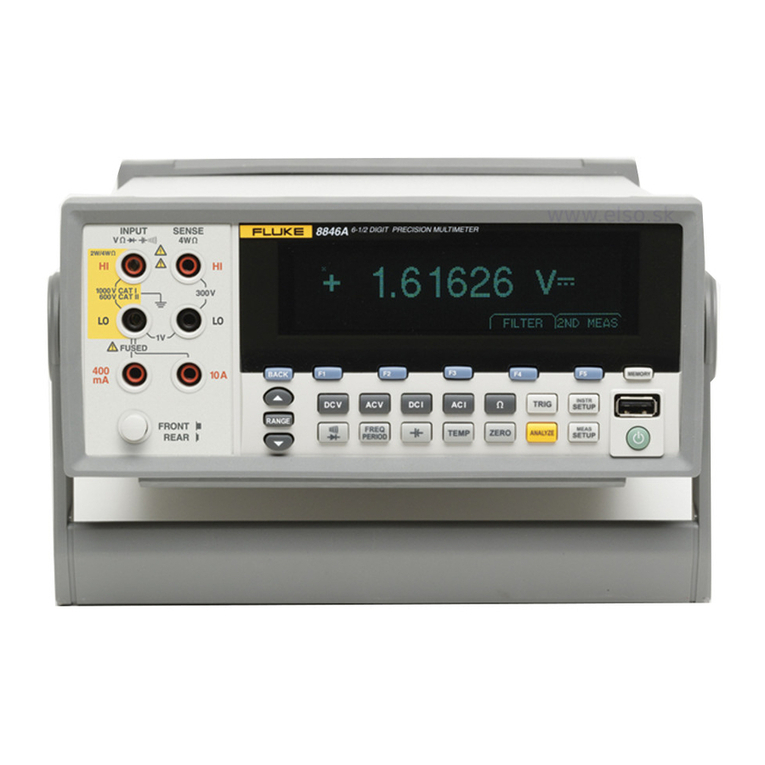
Fluke
Fluke 8845A Operating and maintenance manual

Fluke
Fluke 79 User manual
Popular Multimeter manuals by other brands
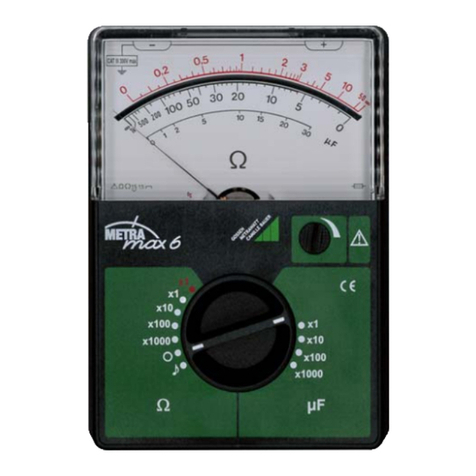
Gossen MetraWatt
Gossen MetraWatt METRAmax 6 operating instructions

PeakTech
PeakTech 4000 Procedure of calibration
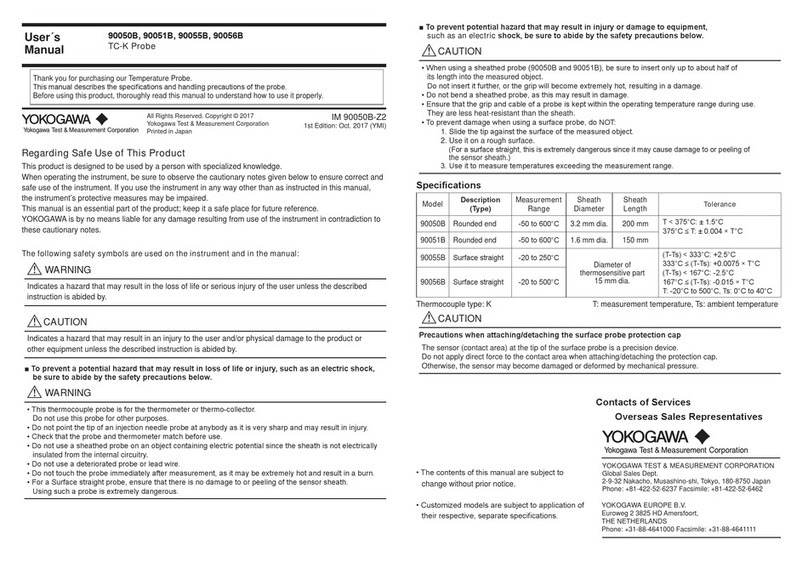
YOKOGAWA
YOKOGAWA 90050B user manual
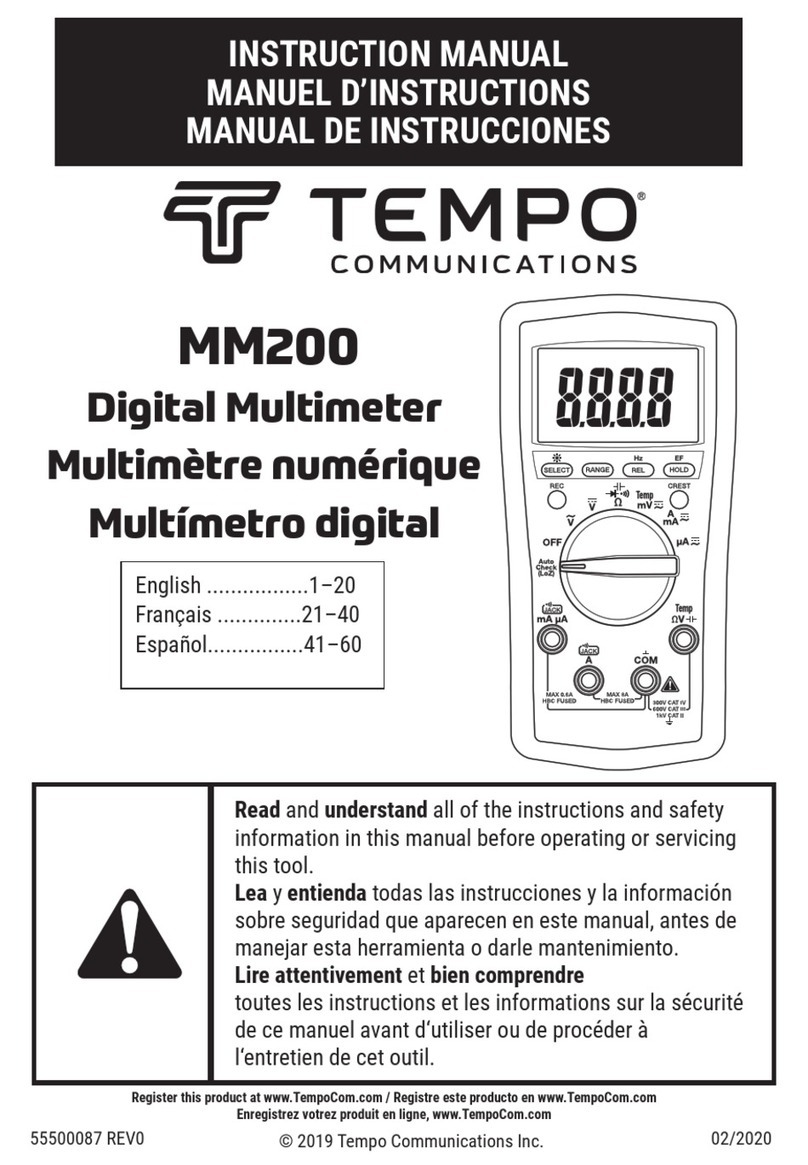
Tempo Communications
Tempo Communications MM200 instruction manual

APPA
APPA 607 user manual
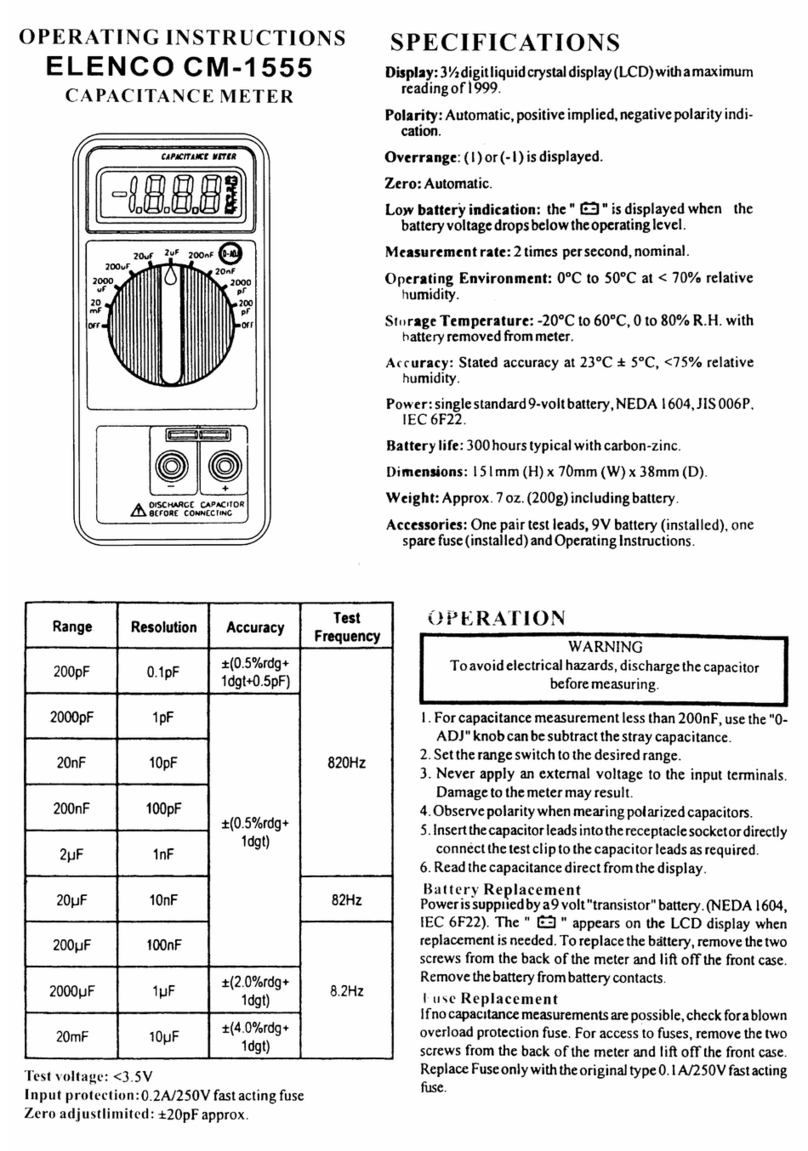
Elenco Electronics
Elenco Electronics CM-1555 operating instructions
